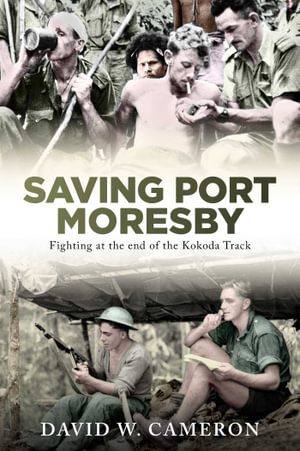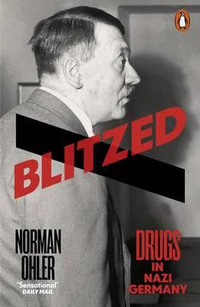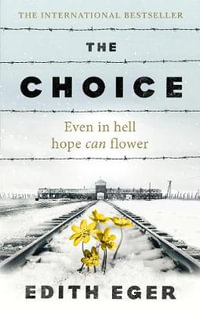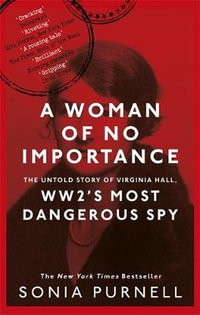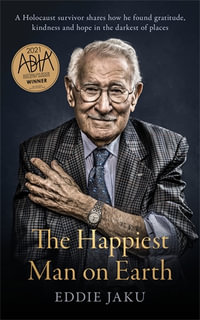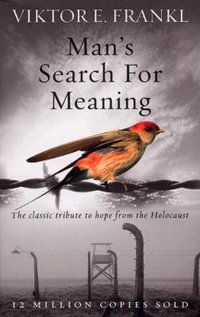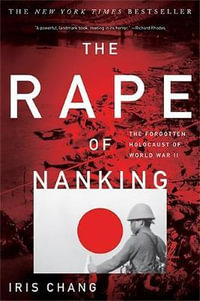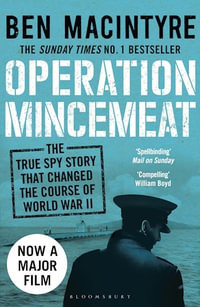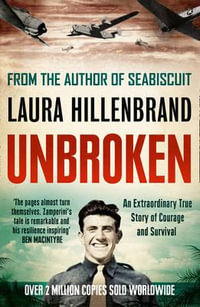Japanese Major General Horii Tomitarô, commanding the South Seas Force, was after taking Kokoda Plateau in late July tasked with entering the Owen Stanley Range to capture Port Morseby. After the battles for Deniki and Isurava, his troops were pushing south through the mountains. The Australians under Brigadier Arnold Potts, however, were not in rout, but were involved in a determined fighting withdraw.
After fighting a delaying action at Templeton’s Crossing, the Australians took up a position along Mission Ridge, just south of Efogi Village. Horii and his battalions attacked and after two days of bloody hand-to-hand fighting, the Australians were forced to again withdraw. To the veterans who fought here the battle would become known as ‘Butcher’s Corner’.
Following several further delaying actions, Potts and his men took up a position on Ioribaiwa Ridge, just 50-kilometres north of Port Moresby. His brigade by now numbered fewer than 300 men. Here they were reinforced with the men of the 25th Brigade. Horii decided that he would establish himself of Ioribaiwa Ridge as his base for operations against the township. After a week of fighting the Japanese cut through the centre right flank of the Australian 25th Brigade, forcing the Australians to fall back to Imita Ridge, the last defensible ridge in the Owen Stanleys immediately behind lay Port Moresby.
Powerfully written by Australia's leading 'Military Historian' Saving Port Moresby is the second of three titles to be released in 2022 commemorating the 80th Anniversary of the Battles in New Guinea.
About the Author
David W. Cameron is a Canberra based author and has written several books on Australian military and convict history and human and primate evolution including over 60 internationally peer reviewed papers for various journals and book chapters. He received 1st Class Honours in Prehistoric Archaeology at the University of Sydney and later went on to complete his Ph.D. in palaeoanthropology at the Australian National University. He is a former Australian Research Council (ARC) Post Doctorial Fellow at the Australian National University (School of Archaeology) and an ARC QEII Fellow at the University of Sydney (Department of Anatomy and Histology).
He has participated and led several international fieldwork teams in Australia, the Middle East (Turkey, Jordan, Israel, and the United Arab Emirates); Europe (Hungary) and Asia (Vietnam and India) and has participated in many conferences and museum studies throughout the world.
